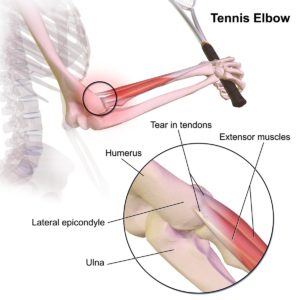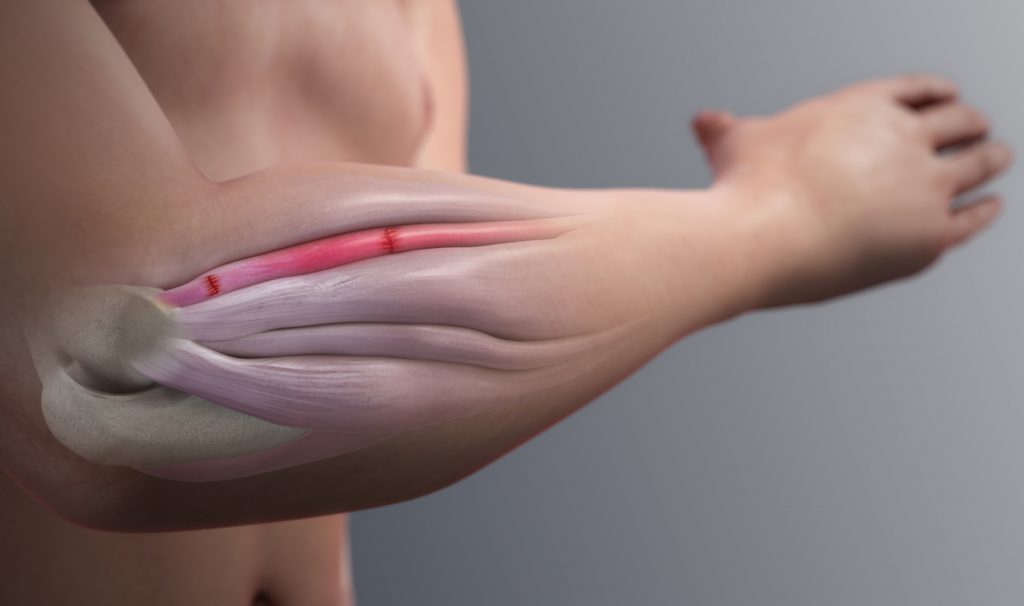Tennis elbow is also called lateral epicondylitis and is the most common overuse injury of the elbow. It is a common condition treated at Dee Why Chiropractic Care and patients generally complain of pain at the outside of the elbow and forearm.
Ironically this condition is not very common in tennis players. Tennis elbow is a condition that generally affects individuals that use their wrist extensors of the forearm frequently.
The muscles responsible for extending the wrist all attach at one common area on the outside of the elbow. Contractile loads that chronically stress this common attachment point of the wrist extensors are the main cause of tennis elbow.
Tennis elbow occurs with activities that involve a lot of repetitive arm movements such as:
- Working at a computer
- Heavy lifting
- Rotary movements of the forearm
- Repetitive vibration

For that reason it is commonly seen in:
- Desk workers
- Manual labourers – hammering, screw driver work, heavy machinery
- Racquet and throwing sports
- Women who practice needle work
- Frequent gym goers who primarily lift weights
Symptoms of Tennis Elbow
- Pain located at the lateral epicondyle (outside of elbow)
- Tenderness to touch at lateral epicondyle
- Activities that stress the tendon will cause pain such as gripping or lifting
- Weakness of grip strength
- Pain that may extend down the forearm and into the hand
- Pain caused by stretching the wrist extensors
How we treat tennis elbow at Dee Why Chiropractic Care
The first thing we want to do is modify any activity that can be aggravating the condition. Some examples of this include using a mouse pad for work or altering your grip on your tennis racquet. Then we work on taking pressure off the effected tendon and breaking up fibrous tissue using techniques.
Breaking up fibrous tissue using techniques such as:
- Muscle stripping
- Dry needling
- Cross friction massage
- Instrument assisted soft tissue mobilisation (IASTM)
- Trigger point therapy
- Active release techniques
- Therapeutic ultrasound
- Sports taping
We also integrate range of motion, stretching and strengthening exercises to complement the treatment. We may suggest specific bracing that can reduce the tension on the tendon and allow it to heal more efficiently.
If you found this information helpful and think we can help you recover from tennis elbow, contact us today.

